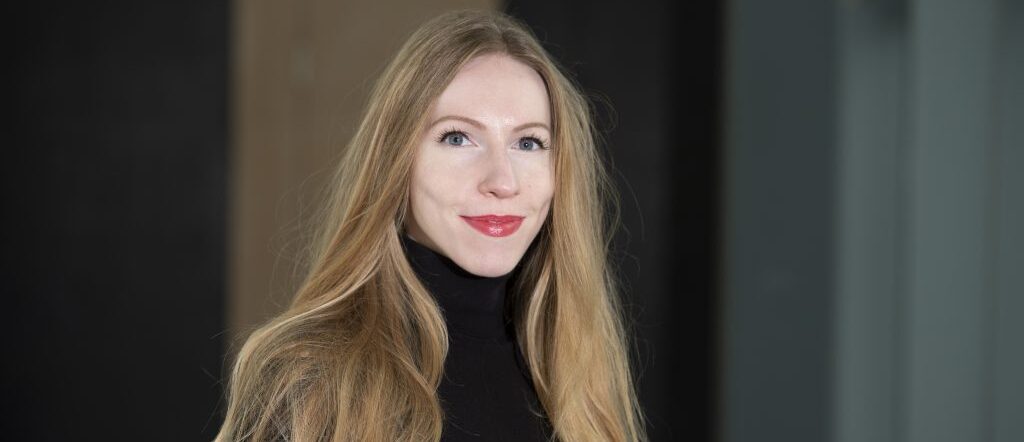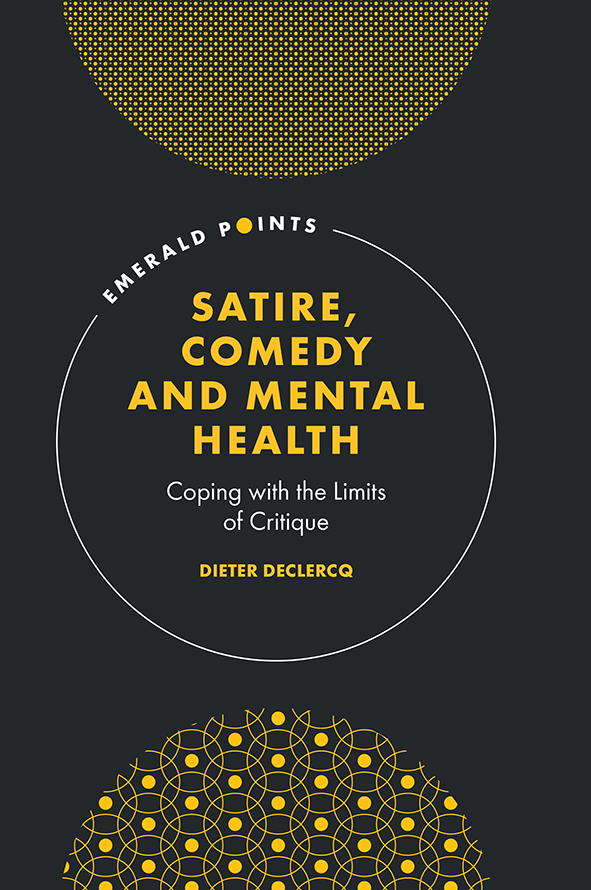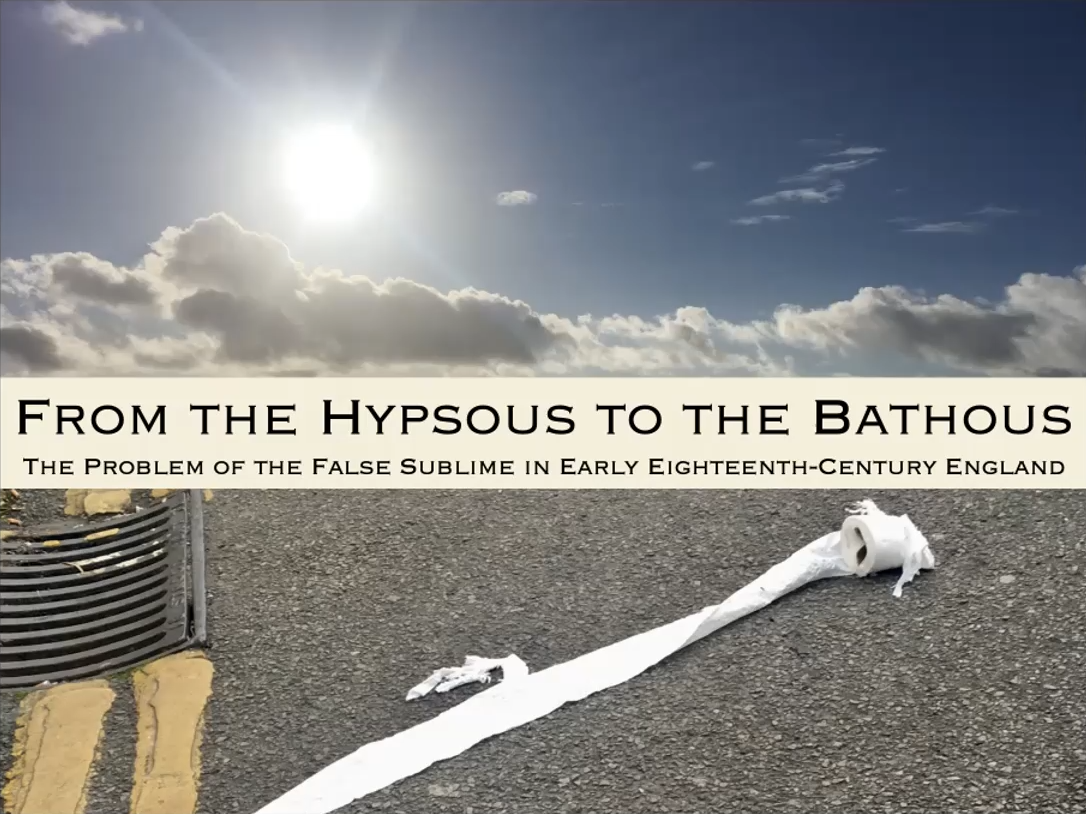The Aesthetics Research Centre is excited to announce that associate member and Kent alumna Dr. Claire Anscomb has been awarded the John Fisher Memorial prize by the American Society for Aesthetics.
Dr. Anscomb received her PhD. from the University of Kent in the History and Philosophy of Art in 2019. Her winning paper entitled “Creative Agency as Executive Agency: Grounding the Artistic Significance of Automatic Images,” selected by the JAAC editorial board review committee from eight nominations, will be published in the Journal of Aesthetics and Art Criticism and will be presented at the ASA Annual Meeting in Montreal November 17-20, 2021.
Abstract
This article examines the artistic potential of forms of image-making that involve registering the features of real objects using mind-independent processes. According to skeptics, these processes limit an agent’s intentional control over the features of the resultant “automatic images”, which in turn limits the artistic potential of the work, and the form as a whole. I argue that this is true only if intentional control is understood to mean that an agent produces the features of the work by their own bodily movements alone. Not only is this an unrealistic standard to uphold, but I show that a definition of intentional control based on the skeptic’s position does not prohibit an agent from realizing the features of a work by means beyond their own actions. An agent can exercise intentional control over the features of a work if they successfully anticipate the effect that the remote consequences of their actions will have on these. This, I argue, entails that to exert intentional control over the features of a work is to exercise “creative agency”, which is a species of executive agency. Consequently, I defend the idea that the origins of automatic images in creative agency grounds their artistic significance.
The Fisher Prize is awarded by the American Society for Aesthetics in alternating years to an original essay to foster the development of new voices and talent in the field of aesthetics.
The next prize will be awarded in 2023. The deadline for submission is January 15, 2023.






